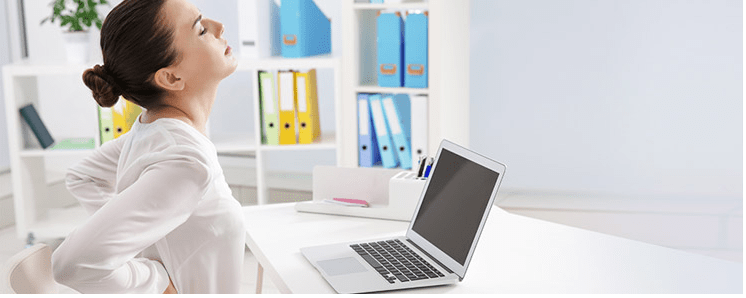
If you have adult scoliosis, you should find a doctor that will offer various treatment options, so that you can take control over your body, your treatment, and your overall health. Learn the facts about scoliosis, and who to reach out to alleviate symptoms.
Scoliosis is, essentially, an abnormal curvature of the spine. When you have scoliosis, you have more of a lateral curve in the spine, which results in a visible “C” or “S” shape from the front or rear view of the body. This curve is not always detectable to the naked eye, but can often be noticeable by uneven shoulders, a hump at the ribs or prominence of the lower back.
Adult scoliosis is typically a continuation of adolescent scoliosis, usually diagnosed during a persons teenage years. There are cases where adults can develop scoliosis, however, the vast majority have had scoliosis for much of their life. Normally, a person diagnosed with adult scoliosis might have:
The reasoning behind scoliosis occurring in the spine is often a mystery. The most common form of this disorder is actually called “idiopathic” scoliosis, meaning of unknown cause.
In other cases, scoliosis curves can be traced to structural abnormalities, such as incorrectly formed vertebrae or disc derangements. Other times, these curves can be linked to imbalances in the spinal musculature, nervous system disorders or leg length differences.
Chiropractors use this information when screening children and adolescents for scoliosis. During this test, the person being tested is asked to bend forward and touch their fingers to their toes. The chiropractor then observes the ribs on the either side of the spine. If one side of the ribs sits higher than the other, the chiropractor will suspect scoliosis.
If you’re suffering with adult scoliosis, your symptoms may be able to be alleviated through chiropractic treatment. Chiropractic does not correct, cure or reverse scoliosis. However, chiropractic adjustments and therapies help to improve form, improve function and induce mobility into the joints.
Over time, these improvements can help to decrease pain, improve posture and increase comfort. Chiropractors can also address other symptoms or issues that the patient may be experiencing, which in turn can alleviate back pain.
A lot of patients who suffer with scoliosis have experienced a lifetime of pain and discomfort. Visiting a chiropractor can lead to slight or significant improvements in posture and help a patient with scoliosis feel less pain and, as a result, help them build confidence in their appearance.
